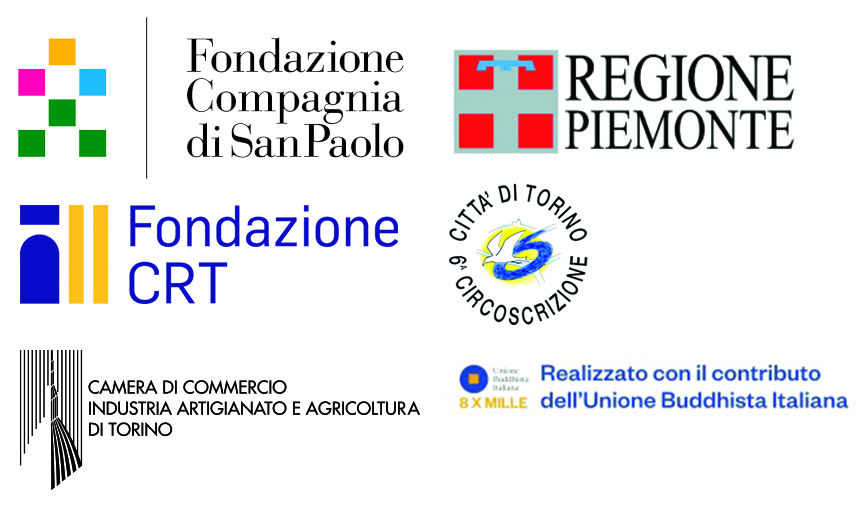The work of Carlo Giuliano, while laying solid roots in a precise portion of the fertile ground of the artistic research of the 1960s, was able, within a coherent design path, to sprout aesthetic fruits that can also be tasted within our contemporaneity. The stylistic code of the Turin artist manifests itself as a symbolic bridge thrown between “modernity” and “contemporaneity”, maintaining from the former some fundamental guidelines for research and mental attitude, from the latter precise behavioral predispositions. To better understand, Giuliano embodies on the one hand many aspects relating to the perfect prototype of the Renaissance artist, a symbolic period of the modern season, regarding the Albertian and then Leonardo’s typology of the artist – scientist, able with his doctrine to explain the laws of nature and to elaborate, with passion married to reasoning, elaborate and complex machines and tools.
On the other hand, his production is wedged in the guidelines of late twentieth-century aesthetics, aware of the importance of an enlarged and collective use of the artistic event and the importance of the interaction between work, environment and public. The origin of Carlo Giuliano as an artist can, in some respects, be inserted within the kinetic research of the early 1960s, albeit with an absolutely personal vision, extraneous to certain “machinist” rigidities typical of that movement in its organized aspects , and vindicating the need to keep in mind the primacy of the artist’s manual intervention with respect to the absolute “secondary” symbolized by the highlighting of object nudity. Kinetic art is an important experience of the twentieth-century avant-garde, whose roots can be found within Russian abstract constructivism, as well as Futurism and Dada.
Giuliano’s works are certainly “mental” in their genesis, first of all privileging the intellectual process that leads to the development of the project. This is highlighted by the formal cleanliness that distinguishes them, by the geometric linearity that characterizes the skilful dosage of the spaces, where the rhythm alternates full and empty, light and shadow.
“Lights and shadows” is the title of the installation created in 2001 for the Urban Art Museum. Four hundred shaggy metal tips, arranged symmetrically, create a fascinating refractive effect with solar and artificial light. A twin work has been placed on the wall of the Moncalieri Library since 2004, as part of the public art project “Moncalieri Porta dell’Arte”, curated by Edoardo Di Mauro.
Carlo Giuliano was from 1992 to 2005 Director of the Albertina Academy and, from 1976 to 1990, head set designer of the Teatro Stabile. He has set up personal exhibitions in important public and private spaces, such as the Giampiero Biasutti gallery in Turin, and has also participated in exhibitions at an international level. His works are part of the collection of the GAM of Turin.



